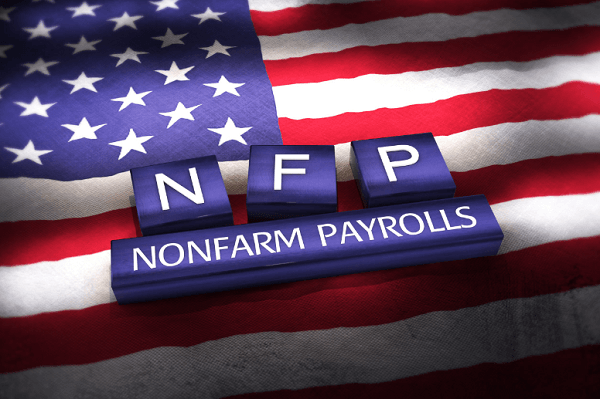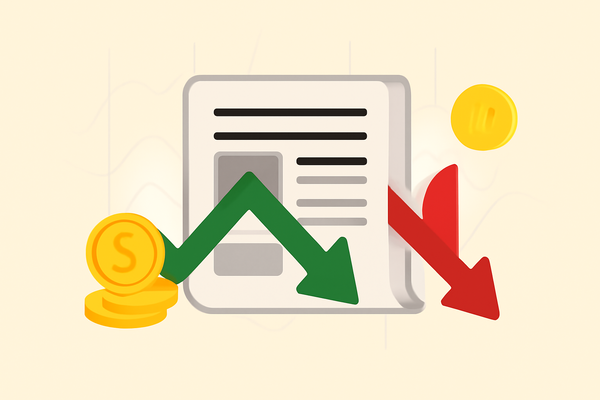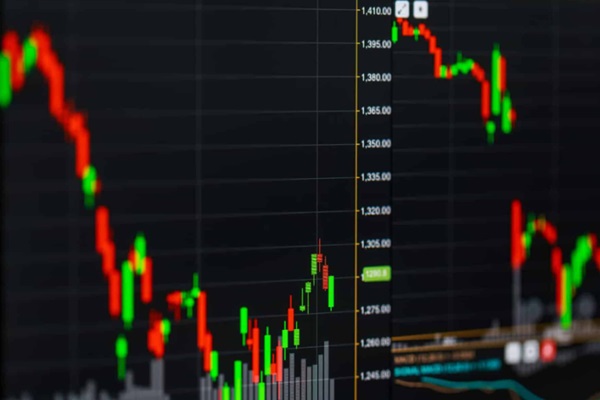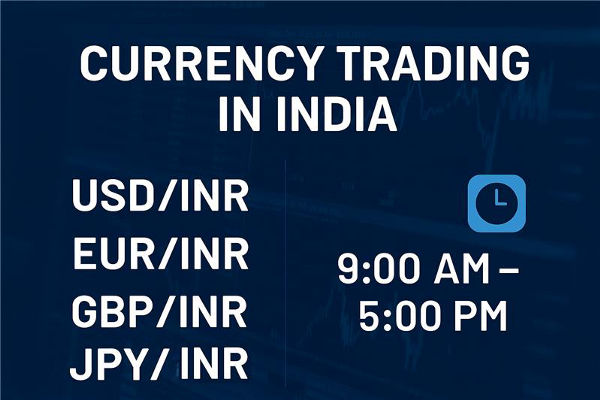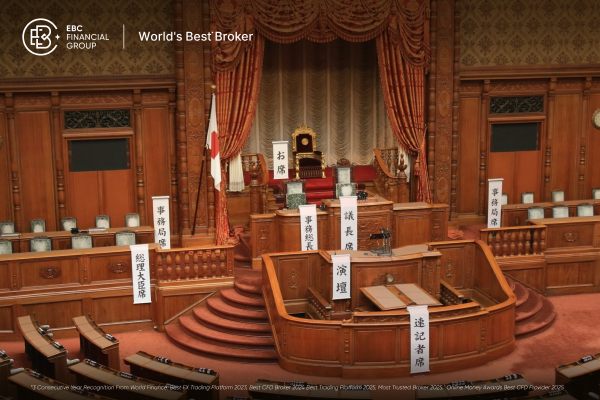When non agricultural data is released, many traders will choose to trade on forex. However, the release of data often brings significant fluctuations to the forex market. So, how can investors avoid a decline an orders during non agricultural periods and maintain principal?

USD Pending Orders
Generally speaking, if investors want to quickly double in a short period of time, the following three conditions are essential:
1. There is a market with fluctuations above $10
Forex fluctuations during non agricultural periods generally range from $5 to $20, and smaller fluctuations can also rise to over $10 within ten minutes of the release of non agricultural data. Therefore, it is not difficult for fluctuations to exceed $10 during the release of non agricultural data.
2. Accurately determine the direction of price trends
This requires a combination of accumulated experience and keen observation of forex trading by traders. In fact, it is difficult to determine the trend of the forex market before the data is released. Within a few minutes after the release of non agricultural data, there will be a wave of unilateral currency trends. This is the best opportunity for investors to seize opportunities.
3. Strictly execute planned trading instructions
Investors can combine forex orders and market price orders to ensure that there will be no decline in forex orders during the release of non agricultural data. Place two stop loss orders one minute before the release of non agricultural data, set the correct price and stop loss position, and then wait for the release of non agricultural data. After a stop loss order is activated, delete another stop loss order, then focus on the market, use mobile stop loss protection funds, and manually close positions when the time is ripe. In this way, profits can be maximized.
When non agricultural data is released, the market fluctuates greatly and the risk of sliding points is also high. To avoid the risk of slipping, the following techniques can be used to place an order:
1. Set stop loss and profit levels in advance:
Before the release of non agricultural data, set stop loss and profit levels to avoid significant market fluctuations that may lead to sliding point risks after the data is released.
2. Using a Limit Order for listing:
Using a limit order for listing can control your trading price and avoid slip point risks. The price limit order refers to the buying or selling price you set. If the market price reaches the price you set, the order will be executed. Therefore, using a price limit order can ensure that you complete the transaction within the expected price range.
3. Avoid placing orders a few minutes before the release of non agricultural data:
Due to the high market volatility during the release of non agricultural data, exchanges may suspend trading for a period of time. Therefore, placing orders a few minutes before the release of non agricultural data may increase the risk of sliding points. It is recommended to wait for market stability before trading after the release of non agricultural data.
4. Using a stop loss limit order:
A stop loss limit order is a trading method that combines stop loss orders and limit orders. It can automatically convert orders into limit orders and execute them when the stop loss price you set is reached. This can avoid the risk of sliding points when the market experiences significant fluctuations.
In short, when releasing non agricultural data, placing orders requires extra caution. Reasonable setting of stop loss and profit levels, using limit orders, avoiding placing orders a few minutes before the release of non agricultural data, and using stop loss limit orders can effectively reduce the risk of sliding points.
【 EBC Platform Risk Reminder and Disclaimer 】: There are risks in the market, and investment needs to be cautious. This article does not constitute investment advice.






